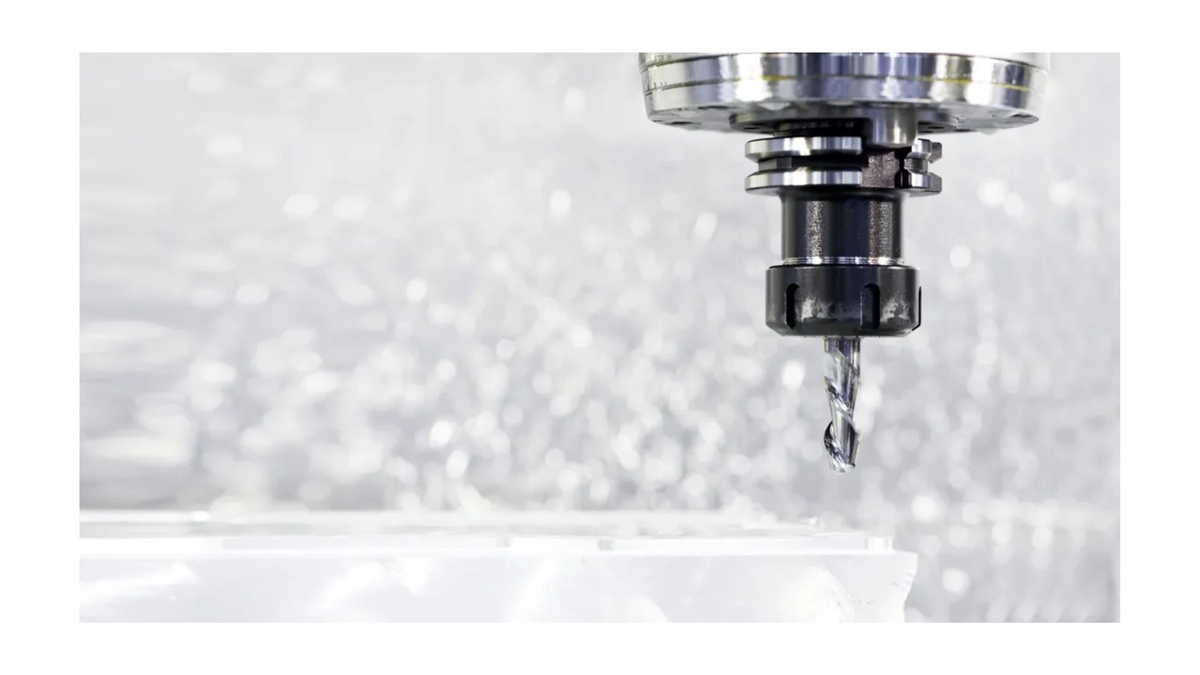Multi-axis CNC machining presents a transformative opportunity for manufacturers seeking to elevate their production capabilities. By incorporating this technology into their operations, businesses can unlock a new level of efficiency, minimize cycle times, and achieve superior quality results. Many manufacturers increasingly turn to multi-axis CNC machining to streamline operations, boost efficiency, and achieve higher-quality results. This article will explore how integrating multi-axis CNC machining into production workflows can revolutionize manufacturing processes. We'll delve into strategies for maximizing efficiency, minimizing cycle times, and achieving superior quality outcomes while also examining the distinct advantages of 4-axis CNC machining and 5-axis CNC machining in this optimization journey.
Understanding the Evolution of CNC Machining
Traditional machining methods, such as 3-axis CNC machining, have long been the cornerstone of manufacturing. However, the limitations of these systems in handling complex geometries and achieving optimal tool access have spurred the adoption of multi-axis CNC machining solutions. By expanding beyond the constraints of linear motion, 4-axis and 5-axis CNC machines offer unparalleled versatility and precision, opening up new possibilities for production optimization.
Streamlining Operations with Multi-Axis CNC Machining
Integrating multi-axis CNC machining into production workflows enables manufacturers to streamline operations and reduce reliance on manual intervention. With simultaneous multi-axis movement, complex parts can be machined in a single setup, without multiple machine adjustments and tool changes. This consolidation of processes minimizes downtime and reduces the risk of errors and inconsistencies, resulting in smoother, more efficient production cycles.
Maximizing Efficiency through Multi-Axis Machining Strategies
To maximize efficiency with multi-axis CNC machining, manufacturers can implement several strategic approaches:
Optimized Toolpath Planning: By leveraging advanced CAM software, manufacturers can generate optimized toolpaths that minimize tool retractions, reduce air cutting, and maximize material removal rates. This ensures efficient use of cutting tools and minimizes cycle times, ultimately improving productivity.
Fixture Design Optimization: Designing and implementing custom fixtures tailored to the specific requirements of multi-axis machining can enhance stability, accuracy, and repeatability. Well-designed fixtures facilitate secure workpiece clamping, reduce vibration, and enable access to critical features from multiple angles, optimizing machining performance.
Utilization of High-Speed Machining Techniques: High-speed machining techniques, such as trochoidal milling and adaptive toolpaths, can significantly reduce machining times while maintaining surface quality and tool longevity. These strategies leverage the capabilities of multi-axis CNC machines to achieve rapid material removal rates and precise surface finishes.
Unlocking Precision and Accuracy with 4-Axis and 5-Axis CNC Machining
4-axis and 5-axis CNC machining offer distinct advantages over traditional 3-axis systems, particularly in terms of precision, accuracy, and versatility.
- 4-axis CNC machining enables manufacturers to access additional rotational axes, allowing for intricate machining operations such as indexing, engraving, and complex contouring. This increased flexibility enhances productivity and expands the range of achievable geometries.
- 5-axis CNC machining further enhances capabilities by adding simultaneous movement along two additional rotational axes. This enables the machining of complex surfaces, undercuts, and features from multiple angles, reducing the need for repositioning and fixture changes. The result is superior part accuracy, surface finish, and dimensional consistency.
Conclusion: Driving Excellence with Multi-Axis CNC Machining
Integrating multi-axis CNC machining into production workflows offers manufacturers a pathway to unparalleled efficiency, productivity, and quality. By leveraging the capabilities of 4-axis and 5-axis CNC machines, manufacturers can optimize production processes, minimize cycle times, and achieve higher-quality results across a wide range of applications. Through strategic planning, optimized toolpath generation, and utilization of advanced machining techniques, manufacturers can unlock the full potential of multi-axis CNC machining, driving excellence and innovation in modern manufacturing environments.


No comments yet